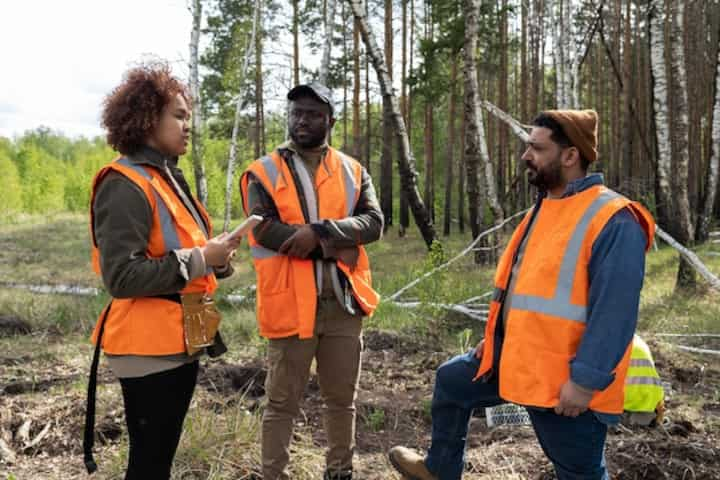
Expert Wildlife Removal Services Professional Techniques for Dead Animal Removal
Dealing with wildlife in residential and commercial settings can present numerous challenges, especially when it involves the removal of deceased animals. The presence of a dead animal can lead to unpleasant odors, potential health hazards, and can attract other pests to the area. Professional wildlife removal services employ specialized techniques to ensure safe and efficient removal of dead animals, minimizing risks to inhabitants and property. This article delves into the methods used by experts in the field, highlighting the importance of professional intervention in addressing such situations.
Understanding the Risks of Dead Animal Presence
Dead animals, regardless of size, can pose various risks. It's crucial to understand these risks to appreciate the importance of professional removal services.
- Health Hazards: Decomposing animals can be a breeding ground for bacteria and viruses that may cause diseases.
- Pest Attraction: The carcass can attract other pests such as flies, rodents, and scavengers, leading to secondary infestations.
- Structural Damage: Fluids from decomposing bodies can seep into structures, causing damage and creating foul odors.
Learn more in this detailed guide about the risks associated with dead animal presence.
Professional Techniques for Dead Animal Removal
Inspection and Assessment
The initial step in professional dead animal removal involves thorough inspection and assessment:
- Locating the Animal: Experts use their knowledge and tools to track down the source of odors and pinpoint the exact location of the dead animal.
- Assessing the Situation: Professionals evaluate the extent of contamination and determine the best approach for removal.
Explore further insights here on the importance of professional assessments.
Safe Removal and Disposal
Once the animal is located, experts proceed with removal and disposal using industry-standard techniques:
- Protective Gear: Technicians wear appropriate protective gear to prevent exposure to harmful pathogens.
- Containment and Removal: Specialized tools are used to safely contain and remove the carcass without causing further contamination.
- Proper Disposal: Professionals ensure that the dead animal is disposed of in accordance with local regulations, often involving incineration or burial.
Read more about this topic in our comprehensive guide.
Decontamination and Odor Control
The final step involves decontaminating the affected area to eliminate health risks and odors:
- Sanitization: The area is thoroughly sanitized to kill bacteria and neutralize odors.
- Use of Enzymatic Cleaners: These are often employed to break down organic matter and eliminate persistent smells.
Find additional information here about decontamination processes.
The Importance of Professional Services
While some individuals may consider handling dead animal removal themselves, professional services offer several advantages:
- Expertise and Equipment: Professionals have the experience and tools necessary to handle the situation safely and efficiently.
- Prevention of Recurrence: Experts can assess and address entry points, preventing future wildlife issues.
- Peace of Mind: Engaging professionals ensures the problem is resolved thoroughly, reducing stress and potential risks.
Check out customer reviews here to see how others have benefited from professional wildlife removal services.